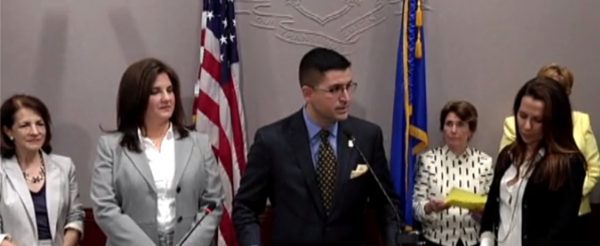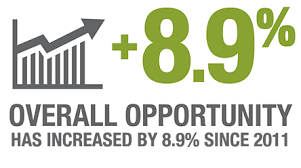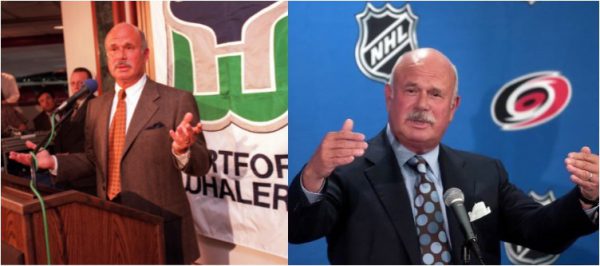New Ventures Impress, Receive Funds to Advance Entrepreneurial Efforts
/reSET, the Social Enterprise Trust (www.reSETCo.org), whose mission is advancing the social enterprise sector and supporting entrepreneurs of all stripes, revealed the winners of its 2017 Venture Showcase last night at The Mark Twain House and Museum to a sellout crowd of 200. The annual event recognizes the talented entrepreneurs and innovative businesses that have just graduated from reSET’s nationally recognized accelerator. 17 early stage enterprises graduated from the recent cohort, and last night, seven finalists competed for $30,000 in unrestricted funding.
The entrepreneurs pitched their business models to an audience of founders, investors, and community and corporate stakeholders. An esteemed panel of judges, including Tony Vengrove of Miles Finch Innovation, Michael Nicastro of Continuity, and Lalitha Shivaswamy of Helios Management Corporation, selected the ultimate winners.
Recipients of the competition’s three “reSET Impact Awards” are listed below, as is the winner of the “Tech Impact Award,” which was given by reSET’s Founding Partner and the evening’s Presenting Platinum Sponsor The Walker Group.
reSET Impact Awards:
$10,000 - Career Path http://www.careerpathmobile.com
$6,000- Pelletric http://www.pelletric.com
$4,000 - Phood http://phoodsolutions.com
The Walker Group’s Tech Impact Award:
$10,000 - Phood http://phoodsolutions.com
Other finalists included: Almasuite http://www.almasuite.com, Eureeka BI http://www.eureekabi.com, Optima Sports System http://optimasports.es,
and Sweetflexx http://sweetflexx.com/en.
The Showcase’s prize purse was made possible by a handful of reSET’s community partners: The Walker Group (Presenting Platinum Sponsor), The Hartford (Platinum  Sponsor), Eversource (Gold Sponsor), AT&T (Gold Sponsor), Accounting Resources, Inc. (Silver Sponsor), Qualidigm (Silver Sponsor), CT by the Numbers (Silver Sponsor), and Aeton Law Partners (Silver Sponsor). The David Alan Hospitality Group and Capture provided in-kind services.
Sponsor), Eversource (Gold Sponsor), AT&T (Gold Sponsor), Accounting Resources, Inc. (Silver Sponsor), Qualidigm (Silver Sponsor), CT by the Numbers (Silver Sponsor), and Aeton Law Partners (Silver Sponsor). The David Alan Hospitality Group and Capture provided in-kind services.
CareerPath is a platform that enables career planning teams to "effectively connect and communicate with students." Using a series of milestones, tasks, and events as drivers, CareerPath allows students to "tackle their career planning objectives in an organized and manageable way."
reSET also receives generous support from its Strategic Partners: The Walker Group, Connecticut Innovations, MetroHartford Alliance, and the Connecticut Department of Economic and Community Development. reSET, the Social Enterprise Trust is a non-profit organization whose mission is to advance the social enterprise sector. Its strategic goals are threefold: to be the “go-to” place for impact entrepreneurs, to make Hartford the Impact City, and Connecticut the social enterprise state. Since its inception, reSET has awarded more than a quarter of a million dollars to scaling ventures. Graduates of the organization’s accelerator have generated $4.4 million in revenue and have taken on $5.5 million in investment.
https://youtu.be/EAC6W3Dn_k8






 ess to the issue of childhood drownings. Steven Hernández,, Executive Director of the Commission on Women,
ess to the issue of childhood drownings. Steven Hernández,, Executive Director of the Commission on Women,  The statistics about children’s drowning deaths have not changed over time, implying that current strategies for prevention are not enough, officials said. Increasing children’s access to swim lessons, encouraging schools to teach water safety skills to students and giving parents easy-to-use and engaging tools to talk to their children about how to be safe around water are just a few actions that can have a big effect in reducing drowning rates, officials stressed.
The statistics about children’s drowning deaths have not changed over time, implying that current strategies for prevention are not enough, officials said. Increasing children’s access to swim lessons, encouraging schools to teach water safety skills to students and giving parents easy-to-use and engaging tools to talk to their children about how to be safe around water are just a few actions that can have a big effect in reducing drowning rates, officials stressed.
 uracy of Fake News," appears on SSSN, a site "devoted to the rapid worldwide dissemination of research."
uracy of Fake News," appears on SSSN, a site "devoted to the rapid worldwide dissemination of research."
 and Minnesota. Connecticut exceeded the national average in all three components – Jobs and Local Economy, Education, and Community Health and Civic Life.
and Minnesota. Connecticut exceeded the national average in all three components – Jobs and Local Economy, Education, and Community Health and Civic Life.
 Prevention and the U.S. Department of Justice.
Prevention and the U.S. Department of Justice.




 Nearly two-thirds of those surveyed in Connecticut (64%) called for “using technology to enhance the way students learn in the classroom” – the highest percentage among the six New England states. A majority called for “more significant efforts to close achievement gaps” (59%), more effective teachers (62%) and changes to the ways schools are funded (57%). The state legislature in Connecticut is currently considering changes in the school funding formula proposed by Gov. Malloy in the wake of a state court decision.
Nearly two-thirds of those surveyed in Connecticut (64%) called for “using technology to enhance the way students learn in the classroom” – the highest percentage among the six New England states. A majority called for “more significant efforts to close achievement gaps” (59%), more effective teachers (62%) and changes to the ways schools are funded (57%). The state legislature in Connecticut is currently considering changes in the school funding formula proposed by Gov. Malloy in the wake of a state court decision.

 ades of highs and lows as the Carolina Hurricanes – two Stanley Cup appearances, and one win of the Cup in the early years, and the worst attendance in the National Hockey League, or near the bottom, more recently. In Hartford, the Whalers
ades of highs and lows as the Carolina Hurricanes – two Stanley Cup appearances, and one win of the Cup in the early years, and the worst attendance in the National Hockey League, or near the bottom, more recently. In Hartford, the Whalers 































